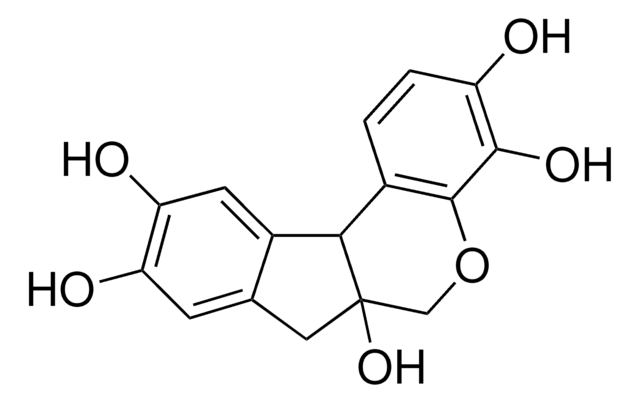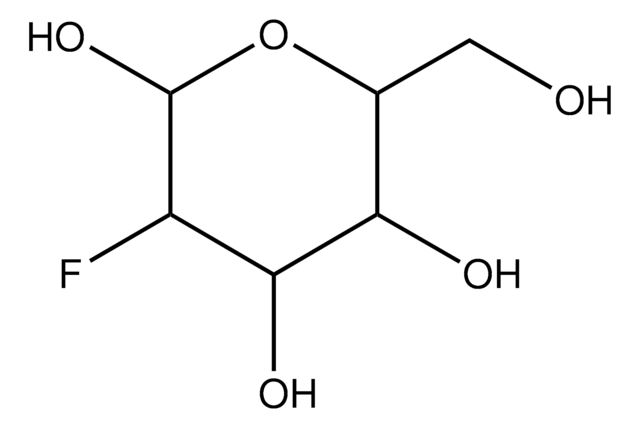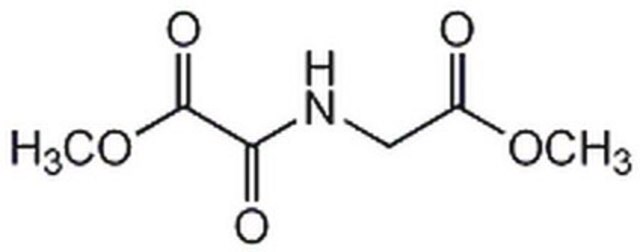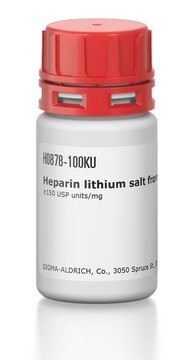Kluczowe dokumenty
D5694
Anti-DCP1A (N-terminal) antibody produced in rabbit
~1.0 mg/mL, affinity isolated antibody, buffered aqueous solution
Synonim(y):
Anti-DCP1 Decapping enzyme 1, homolog A, Anti-SMAD 4-interacting transciption factor, Anti-SMAD 4-interacting transciptional co-activator, Anti-SMAD4IP1, Anti-SMIF
About This Item
Polecane produkty
pochodzenie biologiczne
rabbit
białko sprzężone
unconjugated
forma przeciwciała
affinity isolated antibody
rodzaj przeciwciała
primary antibodies
klon
polyclonal
Postać
buffered aqueous solution
masa cząsteczkowa
antigen ~70 kDa
reaktywność gatunkowa
rat, human, mouse
stężenie
~1.0 mg/mL
metody
immunoprecipitation (IP): 5-10 μg using lysates of HEK-293T
indirect immunofluorescence: 2-5 μg/mL using paraformaldehyde-fixed NIH-3T3 cells over-expressign human DCP1A
western blot: 1-2 μg/mL using lysates of HEK-293T cells over-expressing human DCP1A
numer dostępu UniProt
Warunki transportu
dry ice
temp. przechowywania
−20°C
docelowa modyfikacja potranslacyjna
unmodified
informacje o genach
human ... DCP1A(55802)
mouse ... Dcp1a(75901)
rat ... Dcp1a(361109)
Opis ogólny
Zastosowanie
- immunoblotting
- immunofluorescence
- immunoprecipitation
Działania biochem./fizjol.
Postać fizyczna
Oświadczenie o zrzeczeniu się odpowiedzialności
Nie możesz znaleźć właściwego produktu?
Wypróbuj nasz Narzędzie selektora produktów.
produkt powiązany
Kod klasy składowania
10 - Combustible liquids
Temperatura zapłonu (°F)
Not applicable
Temperatura zapłonu (°C)
Not applicable
Środki ochrony indywidualnej
Eyeshields, Gloves, multi-purpose combination respirator cartridge (US)
Certyfikaty analizy (CoA)
Poszukaj Certyfikaty analizy (CoA), wpisując numer partii/serii produktów. Numery serii i partii można znaleźć na etykiecie produktu po słowach „seria” lub „partia”.
Masz już ten produkt?
Dokumenty związane z niedawno zakupionymi produktami zostały zamieszczone w Bibliotece dokumentów.
Nasz zespół naukowców ma doświadczenie we wszystkich obszarach badań, w tym w naukach przyrodniczych, materiałoznawstwie, syntezie chemicznej, chromatografii, analityce i wielu innych dziedzinach.
Skontaktuj się z zespołem ds. pomocy technicznej








